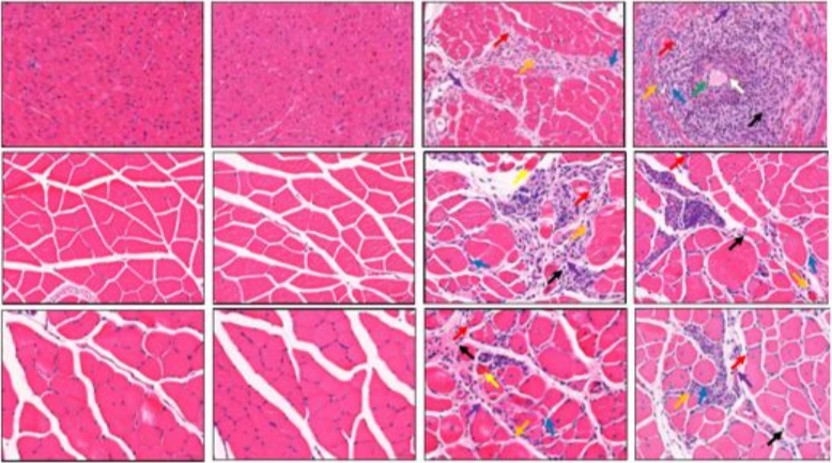Muscular dystrophy is a debilitating genetic disorder that affects millions of people worldwide. Among its various forms, Duchenne muscular dystrophy (DMD) stands as one of the most prevalent and severe types. Over the years, scientific advancements have played a crucial role in understanding and combating this condition. In recent times, a groundbreaking development has emerged in the form of the Dmd-C3197T mouse model, offering unprecedented opportunities for researchers to delve deeper into the mechanisms and potential treatments for DMD.
Understanding DMD and the Importance of Mouse Models:
Duchenne muscular dystrophy is an X-linked genetic disorder caused by a mutation in the dystrophin gene. The absence or deficiency of dystrophin, a protein vital for muscle cell integrity, leads to progressive muscle weakness and wasting. While extensive research has shed light on the condition, finding effective treatments and potential cures remains a significant challenge.
Mouse models have long been instrumental in advancing our understanding of human diseases, including muscular dystrophy. These models allow scientists to simulate the genetic mutations and symptoms observed in human patients, providing valuable insights into the underlying mechanisms of the disease and aiding in the development of therapeutic interventions.
Introducing the Dmd-C3197T Mouse Model:
The Dmd-C3197T mouse model is a recent addition to the arsenal of research tools dedicated to studying DMD. This innovative model possesses a mutation in the dystrophin gene that closely resembles the specific mutation found in a significant percentage of human DMD cases. The C3197T mutation introduces a premature stop codon, resulting in the absence of a functional dystrophin protein, similar to what is observed in DMD patients.
Advantages and Significance of the Dmd-C3197T Mouse Model:
The Dmd-C3197T mouse model offers several advantages over existing models, making it an invaluable resource for DMD research:
- Recapitulation of key DMD features: The C3197T mutation in this mouse model leads to the development of muscle pathology and functional impairments that closely mimic the characteristics observed in human DMD patients. This faithful recapitulation of key features allows researchers to investigate disease progression, test potential therapies, and evaluate their efficacy more accurately.
- Therapeutic efficacy evaluation: With the Dmd-C3197T mouse model, scientists can assess the therapeutic potential of various interventions in a preclinical setting. This model enables the evaluation of novel pharmacological compounds, gene therapies, and other treatment strategies, helping to accelerate the development of effective therapies for DMD.
- Molecular and mechanistic insights: By studying the Dmd-C3197T mouse model, researchers can gain a deeper understanding of the molecular and cellular mechanisms underlying DMD pathogenesis. This knowledge is crucial for identifying novel targets for therapeutic interventions and designing strategies to counteract the disease’s progression.
- Screening potential therapies: The Dmd-C3197T mouse model allows for high-throughput screening of potential therapeutic candidates. By subjecting this model to diverse compounds and interventions, researchers can identify promising candidates and prioritize them for further investigations, reducing the time and resources required for drug development.
Conclusion:
The emergence of the Dmd-C3197T mouse model marks a significant milestone in the field of DMD research. With its ability to faithfully replicate key aspects of the disease, this model provides researchers with an invaluable tool to gain deeper insights into the molecular mechanisms of DMD, evaluate potential treatments, and expedite the development of effective therapies. By leveraging the power of the Dmd-C3197T mouse model, the scientific community can make significant strides towards improving the lives of individuals affected by DMD. As research continues, we can hope for transformative breakthroughs that bring us closer to a future where muscular dystrophy is no longer a debilitating condition.




